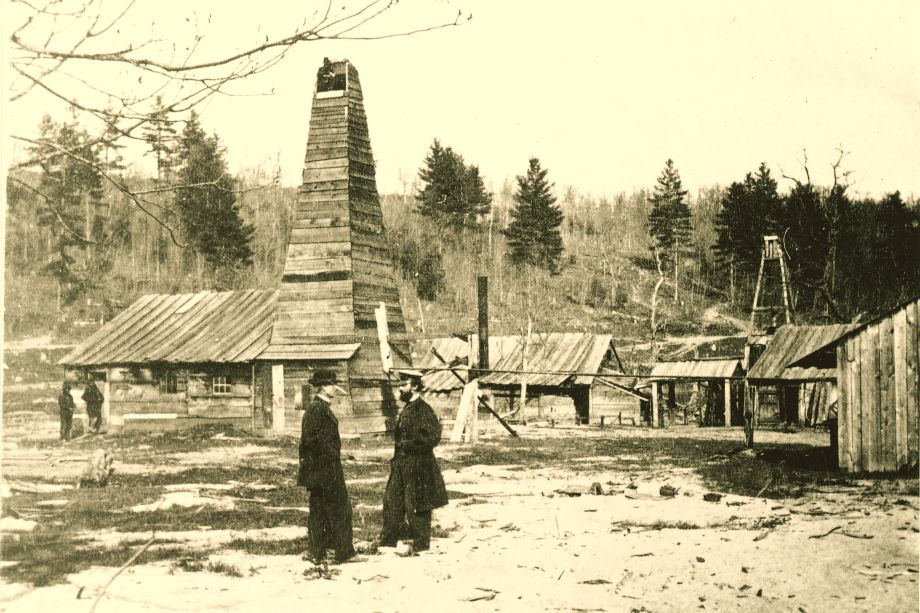Swiss Funicular Named as an ASME Landmark
Swiss Funicular Named as an ASME Landmark

Last month, the Giessbach Funicular, the first single-track cable car for use on steep inclines, became ASME’s 259th Historic Mechanical Engineering Landmark. The vehicle was designated as an ASME landmark during a special ceremony on Aug. 27 at the Grandhotel Giessbach in Brienz, Switzerland, where the funicular is still used to transport passengers up and down the 330-foot slope between the Alpine resort and Lake Brienz.
The Giessbach Funicular was the fourth ASME landmark to be designated in Switzerland, following the designations of the Neuchâtel Gas Turbine in 1988, the Paddle Steamer Uri in 1998, and the Pilatusbahn rack railway in 2002. The ceremony in Brienz was attended by a contingent of ASME leaders, including ASME President Julio C. Guerrero; Larry Lee, past chair of the ASME History and Heritage Committee; Jaroslaw Szwedowicz, chair of ASME’s Switzerland Section; Francesco Alicino, chair of the Italy Section; and Hans Wettstein, the landmark’s nominator.

Designed by Carl Roman Abt and built in 1879, the Giessbach Funicular employed a single track with a short passing track at the half-way point that allowed the two cars to pass each other. The passing track used turnouts with no moving parts — also known as ‘Abt switches’ — for safe and reliable operation. Wheels with outside flanges on one car and inside flanges on the other guided the cars through the turnout and around one another. The mid-way turnout allowed for the system’s single-track construction, which reduced the size of the track structure and made the Giessbach Funicular more economical than earlier funiculars that operated on two tracks.

During the presentation of the ASME landmark plaque, President Guerrero noted that the Giessbach Funicular opened just seven months before ASME was founded in early 1880, during a period known as the Belle Epoch — an era of peace and prosperity in Western Europe that was also considered the second wave of the Industrial Revolution.
“The funicular at the Grandhotel Giessbach has enchanted visitors to Brienz for 136 years,” Guerrero said. “While it is known as a luxury attraction to one of the most charming spots on Earth, this funicular is not well known in the public eye as an extraordinary engineering achievement that merits landmark status. ASME is pleased to bring this technology to the attention of the world as a product of mechanical engineering.”

In addition to the representatives from ASME, other participants at the ceremony included Peter Abt, descendant of Giessbach Funicular designer Carl Roman Abt; Roman Codina, general manager of the Grandhotel Giessbach; and Vera Weber, president of the Franz Weber Foundation.
For more information on the ASME History and Heritage Landmarks Program, and to view the complete list of ASME mechanical engineering landmarks, visit www.asme.org/about-asme/engineering-history/landmarks/about-the-landmarks-program.




